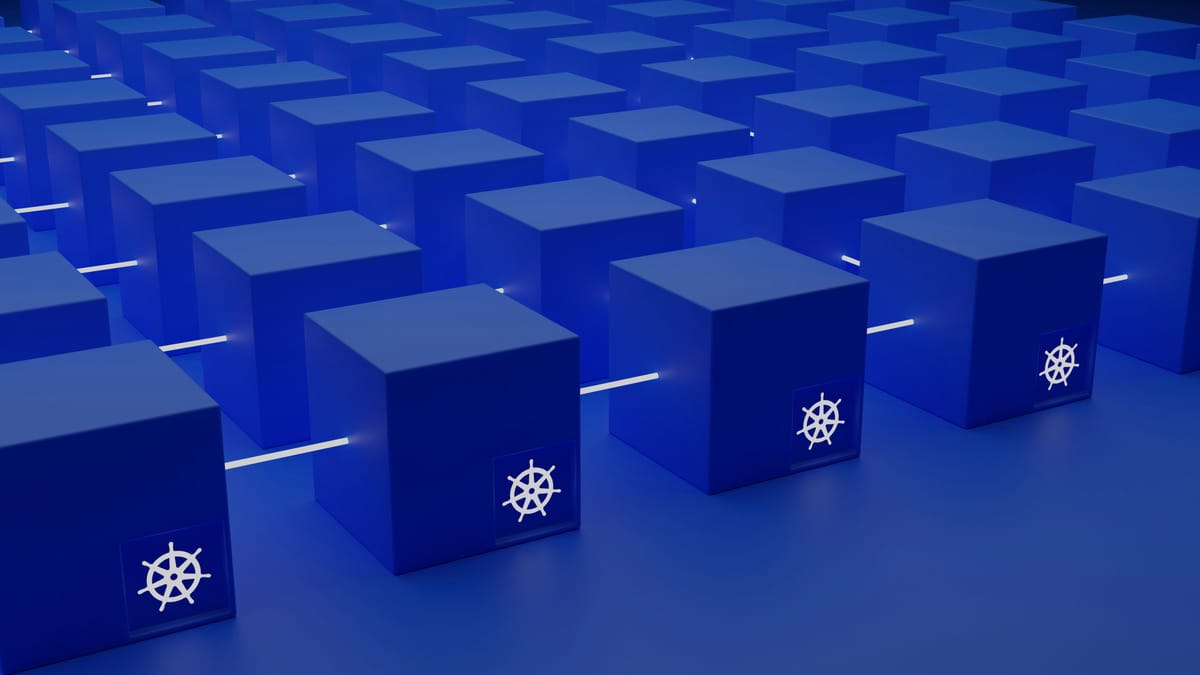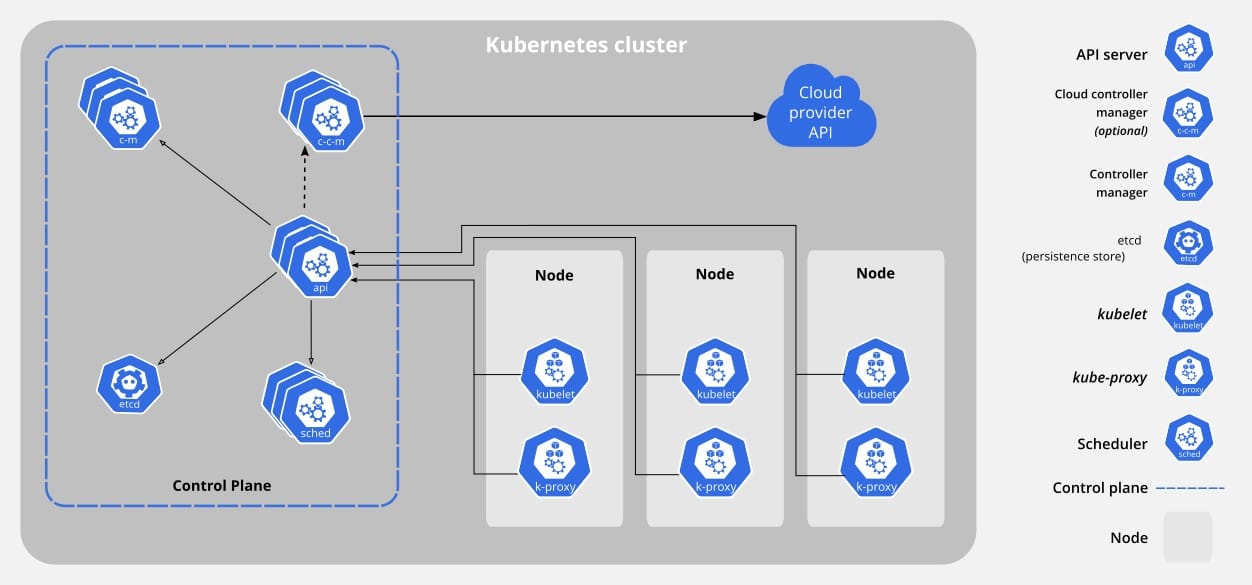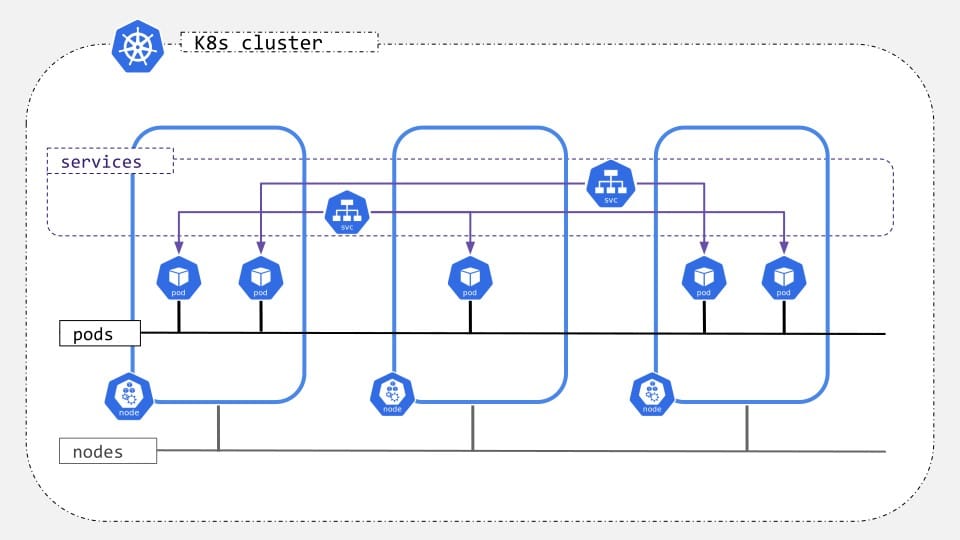Getting Started with Production Kubernetes: A Friendly Guide for Beginners

Hey there, future Kubernetes masters! 👋 Ever felt a bit daunted by the idea of running your applications on a production-grade Kubernetes cluster? You're not alone! It might seem like a complex beast at first glance, but I promise you, with a solid understanding of the basics, you'll be navigating it like a pro in no time.
In this article, we'll strip away the jargon and get down to the core knowledge you need to confidently build and maintain a production-ready Kubernetes cluster. Think of this as your friendly roadmap to becoming a Kubernetes wizard!
What Exactly is Kubernetes, Anyway? 🤔
At its heart, Kubernetes (often shortened to K8s) is an open-source system for automating deployment, scaling, and management of containerized applications. Imagine you have a bunch of applications, each neatly packaged into a container (like Docker). Kubernetes is the orchestrator that makes sure these containers are running, healthy, and accessible to your users, even when things go wrong. It handles the heavy lifting of scheduling, self-healing, and scaling, so you don't have to.
The Core Building Blocks: What You Need to Know 🧱
To truly understand a production Kubernetes cluster, let's break down the essential components and concepts:
1. Nodes: The Foundation of Your Cluster Every Kubernetes cluster is made up of nodes, which are essentially the machines (virtual or physical) that run your applications. You'll typically have two types:
- Control Plane Node: This is the brain of your cluster. It manages the cluster's state, schedules workloads, and responds to events. It contains vital components like the API Server (the front-end for Kubernetes), etcd (a distributed key-value store for cluster data), the Scheduler (decides which node to run pods on), and the Controller Manager (runs various controllers).
- Worker Nodes: These are the workhorses. They run your application containers. Each worker node has a kubelet (an agent that communicates with the Control Plane) and a kube-proxy (handles network rules for services).
Here’s a simplified visual of how these nodes interact:

2. Pods: The Smallest Deployable Units
A Pod is the smallest and most basic unit in Kubernetes. It represents a single instance of a running process in your cluster. While a Pod can contain multiple containers, they typically house a single application container. Pods are ephemeral – they can die and be replaced, which is a core part of Kubernetes' self-healing nature.
3. Deployments: Managing Your Pods
You wouldn't typically create Pods directly. Instead, you use Deployments. A Deployment provides declarative updates for Pods and ReplicaSets (which ensure a specified number of Pod replicas are running). It allows you to define how many replicas of your application should be running and handles updates gracefully, rolling out new versions and rolling back if something goes wrong.
4. Services: Connecting to Your Applications
How do users access your applications running in Pods? That's where Services come in. A Service is an abstract way to expose an application running on a set of Pods as a network service. It provides a stable IP address and DNS name, even as Pods come and go.
Think of it like this: your Pods are like individual employees, and the Service is the company's reception desk. No matter which employee handles the call, the reception desk's number remains the same.
5. Networking: The Invisible Glue
Kubernetes networking can seem complex, but understanding the basics is crucial. You need to grasp how Pods communicate with each other, how they communicate with external services, and how external users access your applications. This involves concepts like CNIs (Container Network Interfaces), Ingress (for external access), and DNS resolution within the cluster.
Here's an illustration of how services and networking might connect different components:

Key Skills for Building and Maintaining 🛠️
Beyond the core components, here are some practical skills you'll want to cultivate:
- YAML Proficiency: Kubernetes resources are defined using YAML files. You'll spend a lot of time writing and reading these.
- kubectl Commands:
kubectlis your command-line interface for interacting with your Kubernetes cluster. Mastering its commands is essential. - Containerization Basics (e.g., Docker): Since Kubernetes orchestrates containers, a good understanding of how to build and manage them is fundamental.
- Observability (Logging, Monitoring, Alerting): In a production environment, you must know what's happening. Tools like Prometheus for monitoring and Grafana for dashboards are your best friends.
- Networking Fundamentals: A solid grasp of IP addresses, ports, and basic network troubleshooting will save you many headaches.
- Cloud Provider Knowledge (if applicable): If you're running on AWS, GCP, or Azure, understanding their specific Kubernetes offerings (EKS, GKE, AKS) and how they integrate is crucial.
Your Journey Starts Now! 🚀
Don't feel overwhelmed! Take it one step at a time. Start with a local Kubernetes environment like K3s to get hands-on experience. Play around with deploying simple applications, exposing them with services, and scaling them up and down.
The Kubernetes community is vast and incredibly supportive. There are tons of tutorials, documentation, and forums out there to help you on your journey.
Embrace the challenge, and you'll soon discover the power and flexibility that Kubernetes brings to managing modern applications. Happy Kube-ing! ✨